Table of contents
Guest writer: Cornelia Tonéri
Close your eyes. And then you think of Tuscany. What do you see in front of you? Mountains, yellow stone houses, vines on the hillsides as far as the eye can see? Sure, that's the image of Tuscany as we know it. But did you know that there is another part of Tuscany that is a little less known and therefore not as well visited by tourists but just as lovely. Let me tell you about the coastal provinces of Grosseto and Livorno - another part of Tuscany.
About Tuscany and the Etruscans
But first, let us briefly explain the connection between Tuscany and the enigmatic Etruscan people. The name Tuscany derives from one of the most mythical peoples, the Etruscans. A people whose heyday was around 3,000 years ago and whose origins are still not entirely clear, despite the abundance of remains in writings, graves and artefacts. However, the thesis that most people now agree on is that they were an indigenous people from the Roman Empire. But we leave that unsaid.
The Etruscan Empire was also called Etruria, which later became Tuscia. However, Etruscans in Latin were called etrusci or tusci. Et voila - there we have Tuscany. In addition to the most natural things - food and wine - the historical legacy of the Etruscans is something they are very proud of and which permeates everyday life in both Grosseto and Livorno. Not least in the way they still grow and produce the famous wine.
But we will focus on what we don't already know as well and associate with the area. Tuscany is definitely one of the highlights of Italy's cultural heritage and has 7 UNESCO World Heritage Sites.
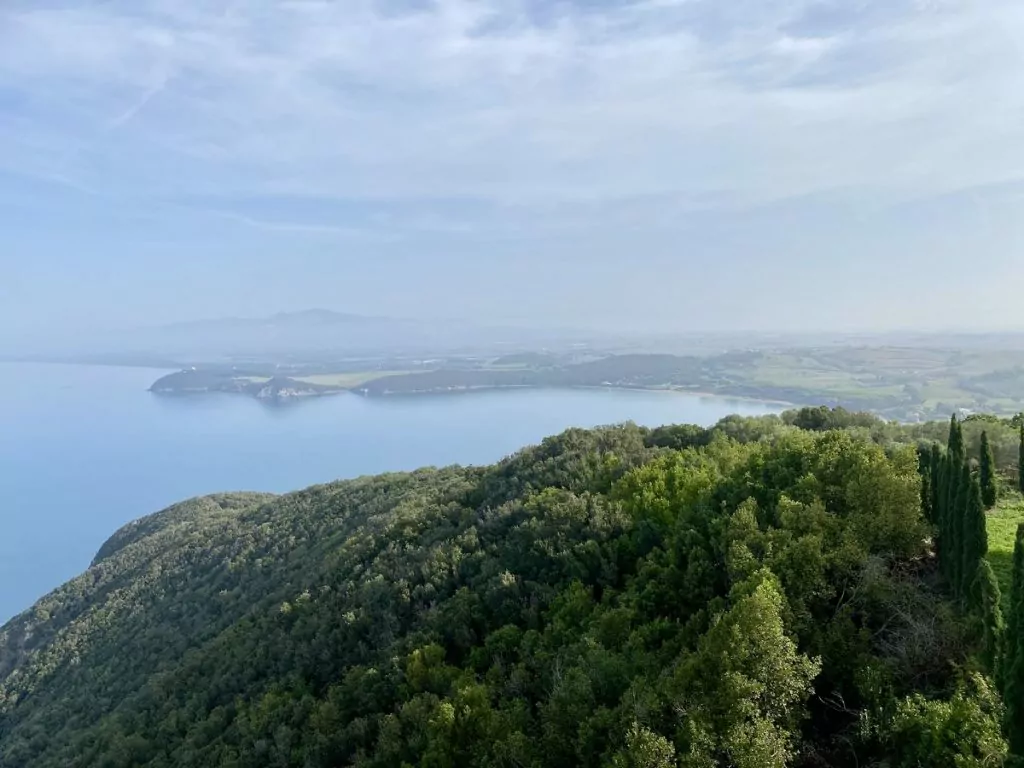
Province of Grosseto in Tuscany - Castiglione della Pescaia
Our journey starts in the province of Grosseto and the small town of Castiglione della Pescaia, located right next to the sea. The small town, now a modern seaside resort, stretches all the way from the long sandy beach up to the very oldest quarters, the old town centre from the 12th century called Il Borgo.
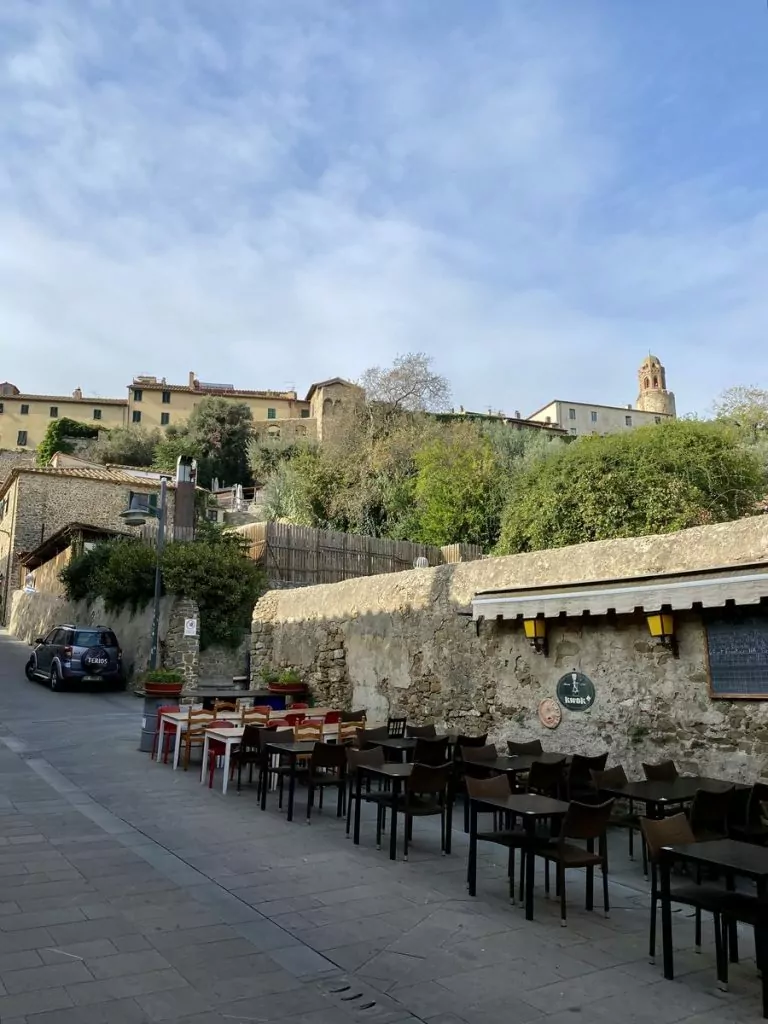
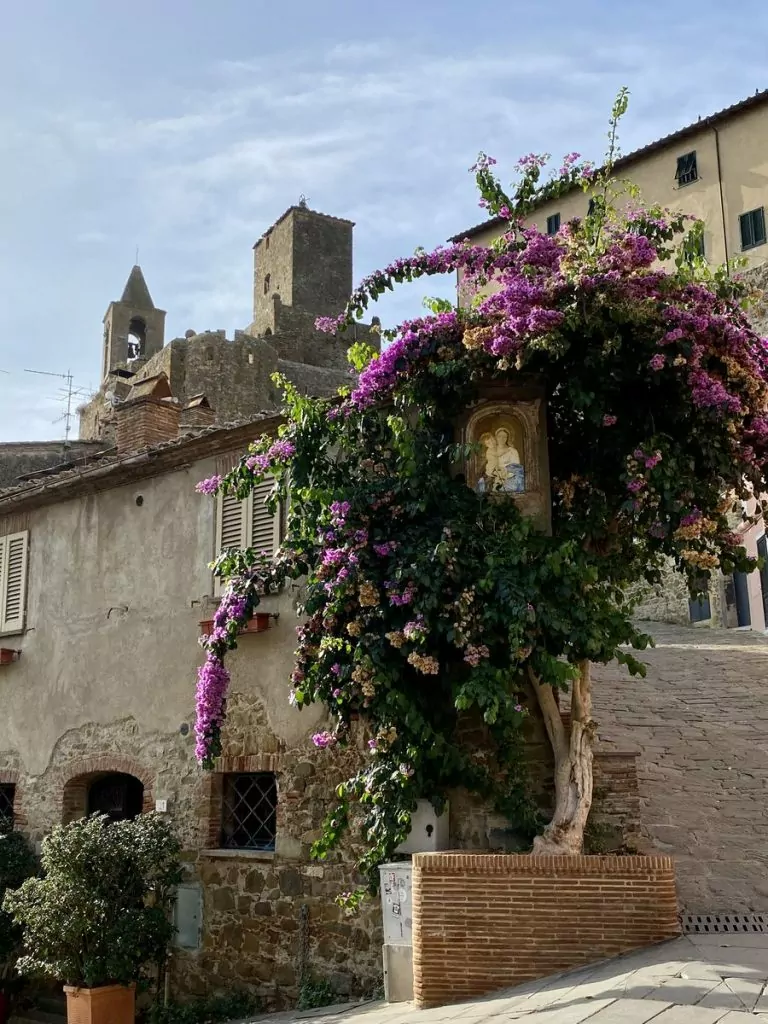
Remarkably for us Swedes, we actually have a real celebrity buried in the cemetery here - Jules Sylvain. But unfortunately, this is something I only discover when I get home and thus do not get the opportunity to immortalise it.
However, I get to do that with all the magical little alleys inside the old city walls. Or as my Norwegian travel blogger colleague puts it. You know you are in Italy when you have a camera roll full of other people's clean clothes.
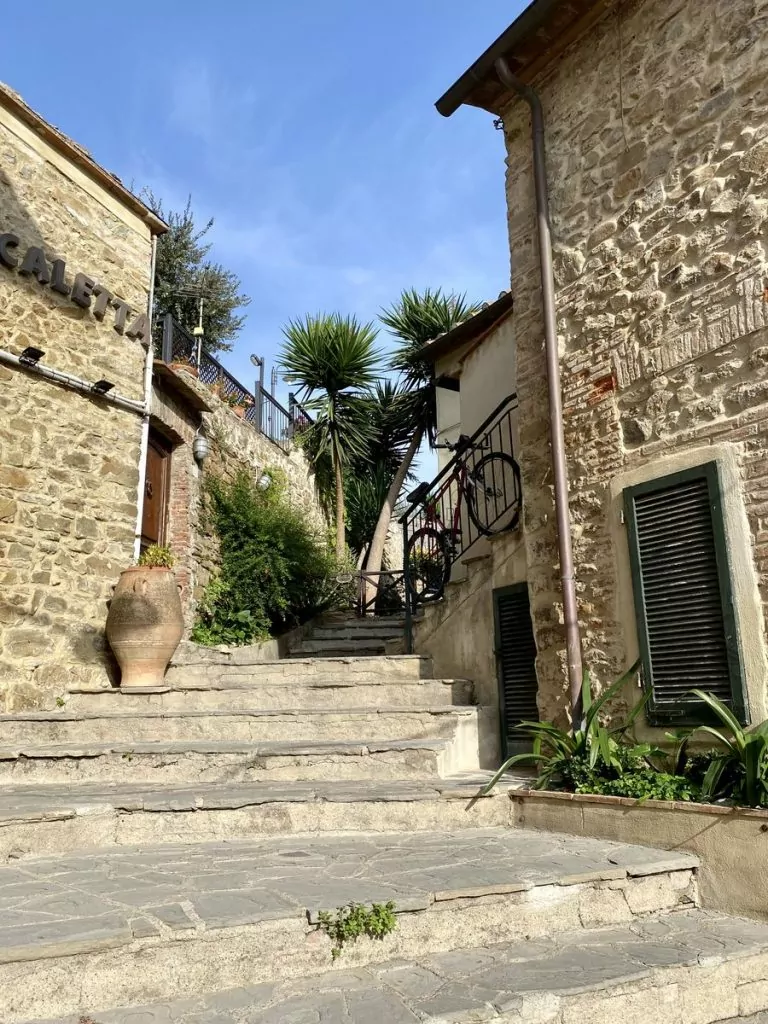
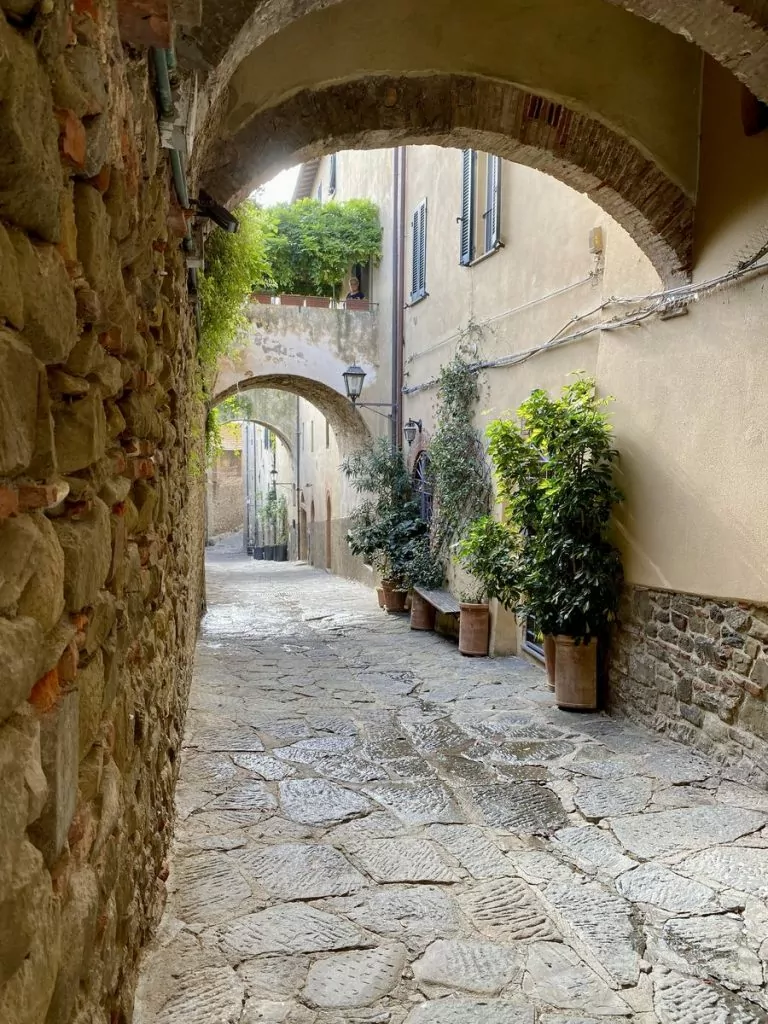
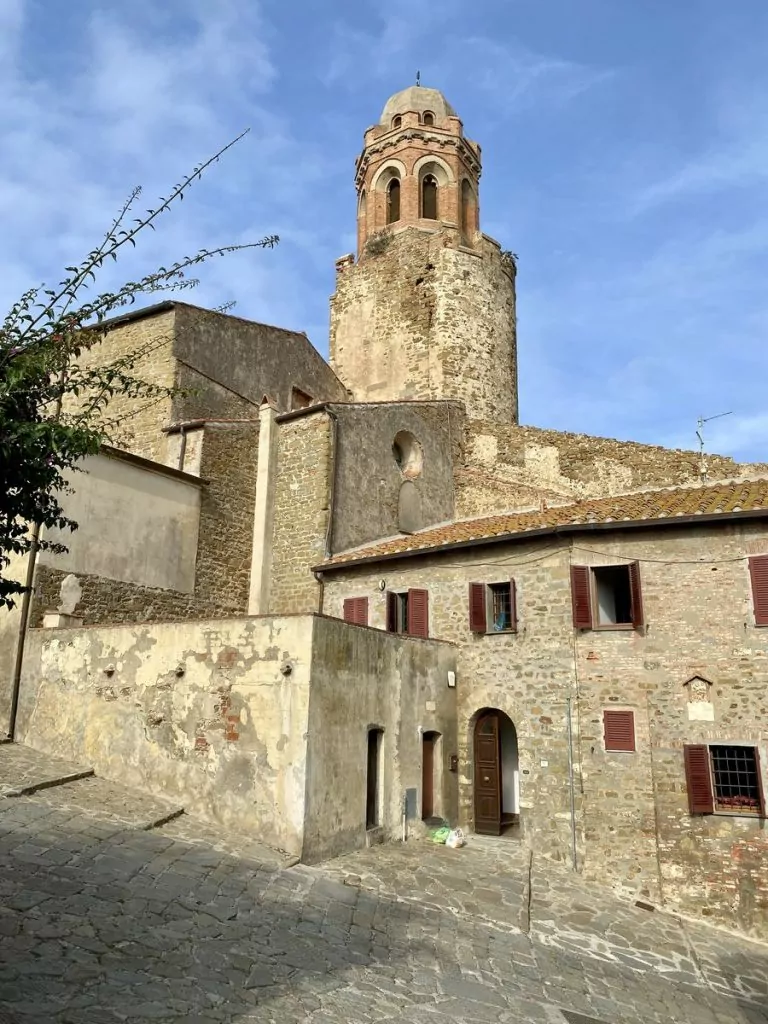
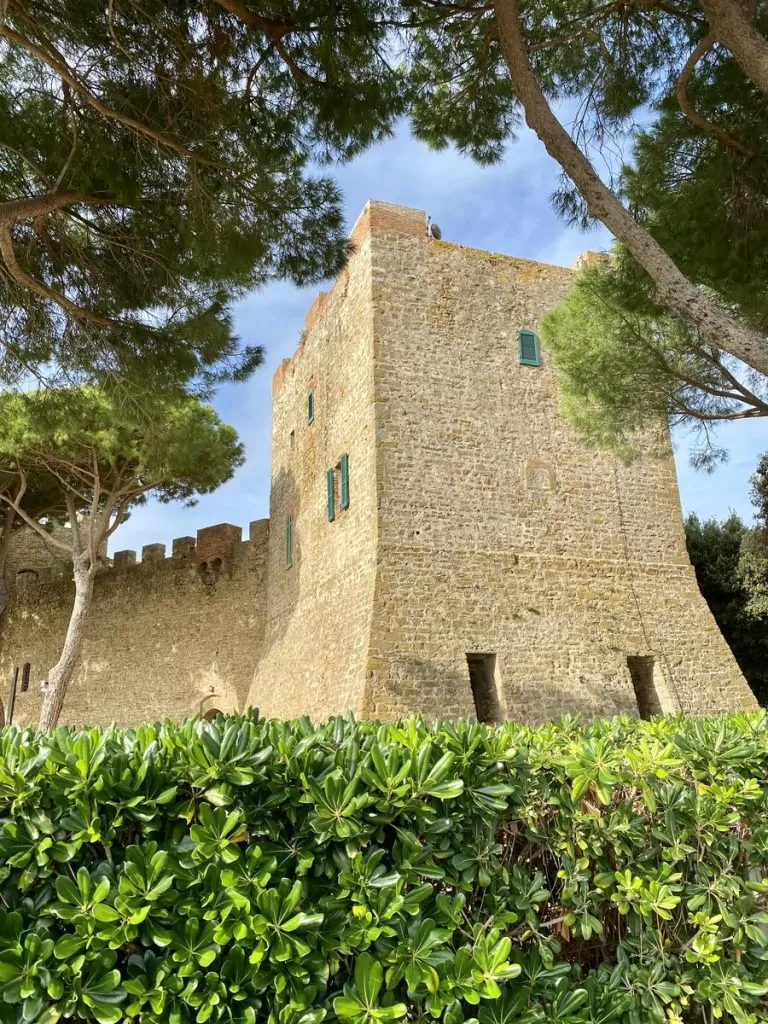
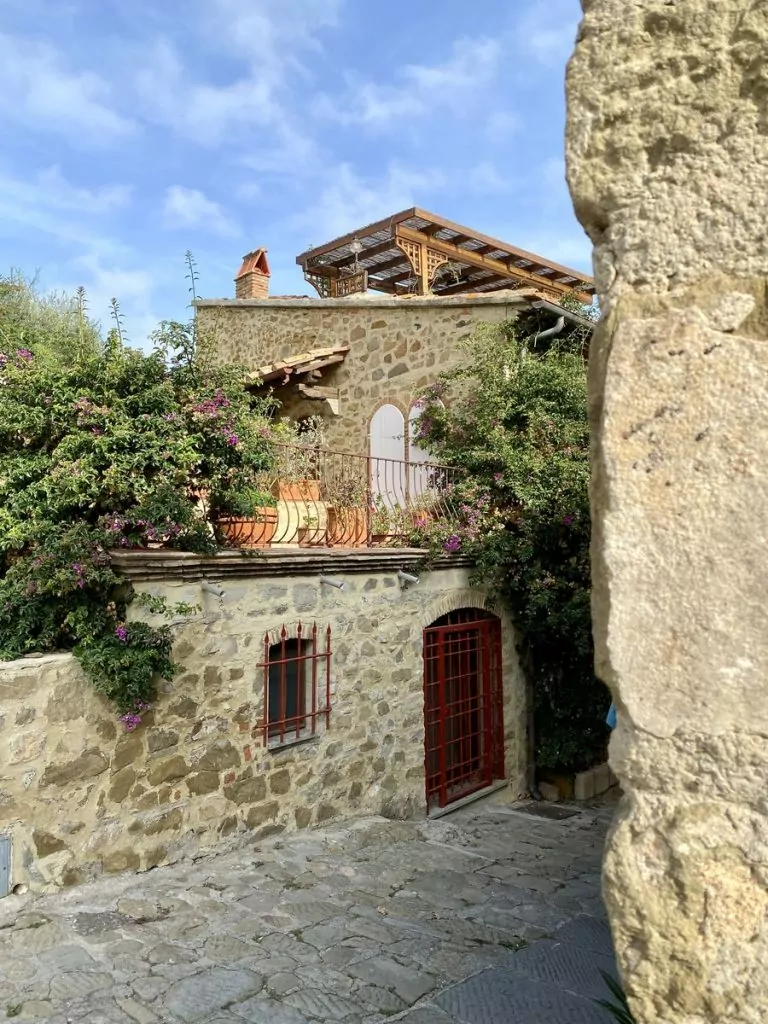
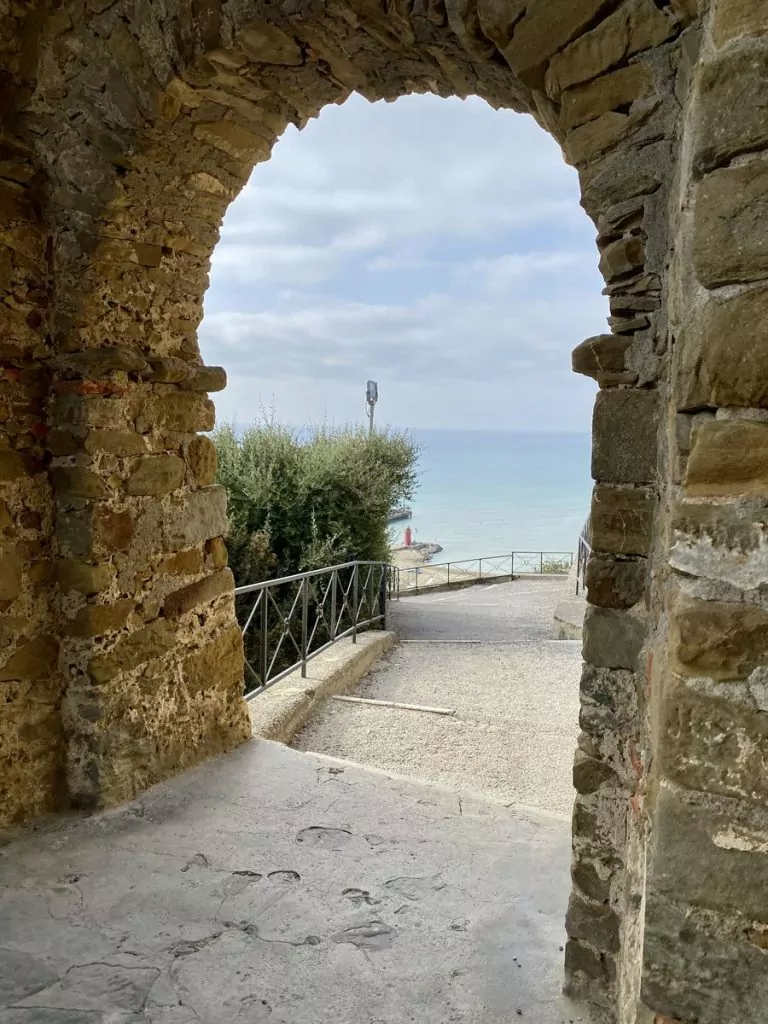
A small anecdote in this context is that not far from here is the Swedish-owned holiday village of Riva del Sole. The resort was built by Swedish RESO (Reso AB) between 1958 and 1960. Riva del Sole is still entirely Swedish-owned, but has an international audience.
Read more about Castiglione della Pescaia here
The Diaccia Botrona Nature Reserve in Castigilone della Pescaia
Just outside Castiglione della Pescaia is the Diaccia Botrona nature reserve, known to be a place where migrating birds from both north and south stop on their way for winter or summer rest. It is not unthinkable that I could see the same birds as at home in Östergötland and at Tåkern here in Tuscany. But this time it is a completely different species that fascinates me. A pink flamingo from Africa. Never would I have thought that it was in Tuscany that I would see a living flamingo for the first time.
The reserve covers over 1000 hectares and is one of the most important wetlands in Italy. But the species you can see here are in many cases more exotic than in our northern latitudes. From ospreys, marsh hawks, herons, wild geese and ducks to foxes, otters, hedgehogs, turtles and tree frogs.
Exotic to us northerners, however, is another species that is thankfully now extinct in the area - the mosquito that spread malaria. Diaccia Botrona was once a huge lake dating back to Etruscan times. It covered the entire area between Grosseto and the coast, but has since dried up over the centuries and turned into more of a swamp. In the 15th century, malaria ravaged the swamp area, leaving neighbouring towns deserted during the summer when people had to flee. For a long time it was also not known that mosquitoes were the cause.
Casa Rossa Diaccia Botrona in Castigilone della Pescaia
As time went on, the causes of the disease were understood and from the 17th century to the 20th century the land was drained and water removed in an attempt to combat malaria mosquitoes. As part of this endeavour, drainage and water flow gates were built in what today is what meets us as a stately gateway to the nature reserve - Casa Rossa. Now a museum but at the time an important technique for controlling drainage.
A visit to the museum is highly recommended, we meet a very committed and knowledgeable guide and get the entire exciting history of the reserve and the many legends associated with the area to life, while from the top floors we get a magical view of the fantastic and unique wildlife. In the area there are several different hiking trails that we unfortunately do not have time to take part in this day and many also choose to experience the nature reserve on horseback.
Read more about Casa Rossa and the nature reserve here.
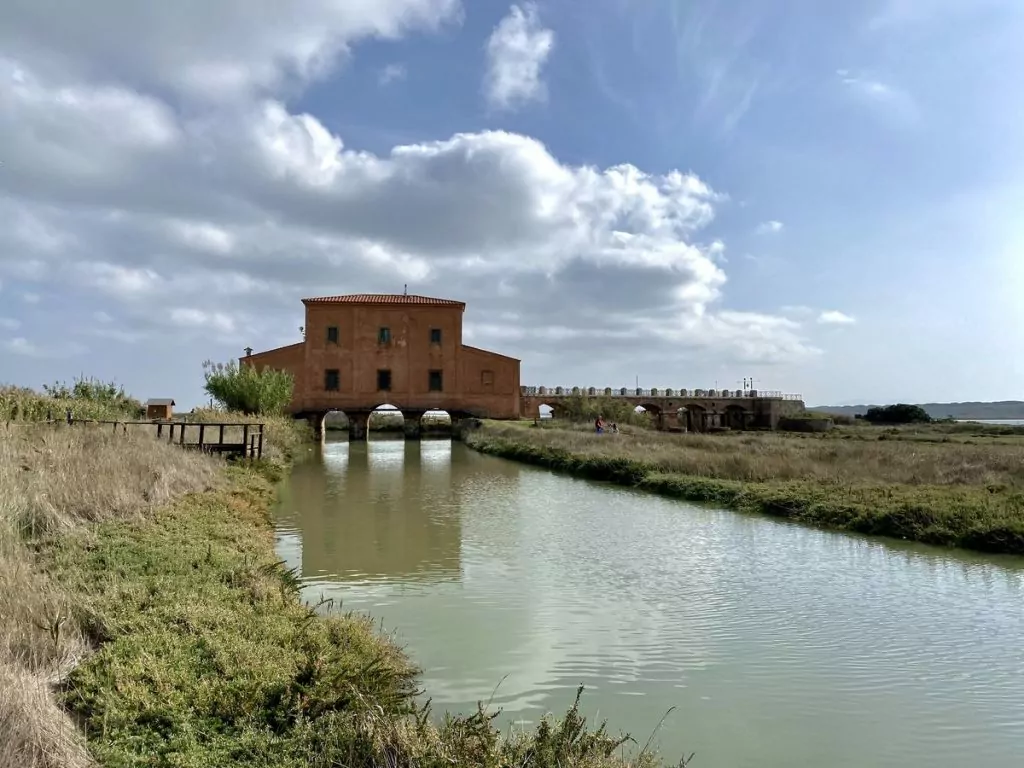
Massa Marittima - Grosseto
Just when I think it can't get any more Tuscany than this, it's time to move on. We head for Massa Marittima, also in the province of Grosseto. Here we are met by our guide who introduces himself. I don't remember the name. Because the only thing I hear is archaeologist. A dream job for me. But being an archaeologist in Tuscany is almost like having star status in my opinion. And jokes aside. Of course I remember the name of our fantastic guide Matteo.
Fonti dell'Abbondanza - Massa Marittima
We only have time to get out of the car before he takes us to the first attraction. A wall painting from the 13th century in a stately stone house with beautiful arches. It could have been any work of art, but there are several unique stories here. Let's take some photos. Climbing up the ladder and looking at it from different angles. Then Matteo asks - Do you see what it represents? And then we see.
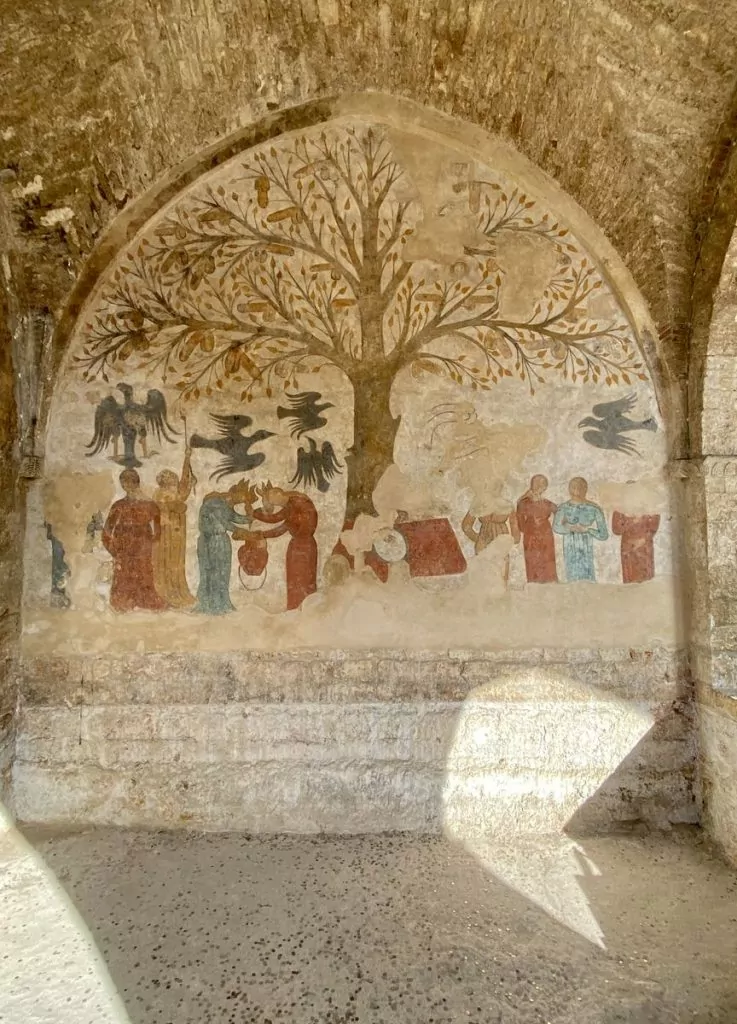
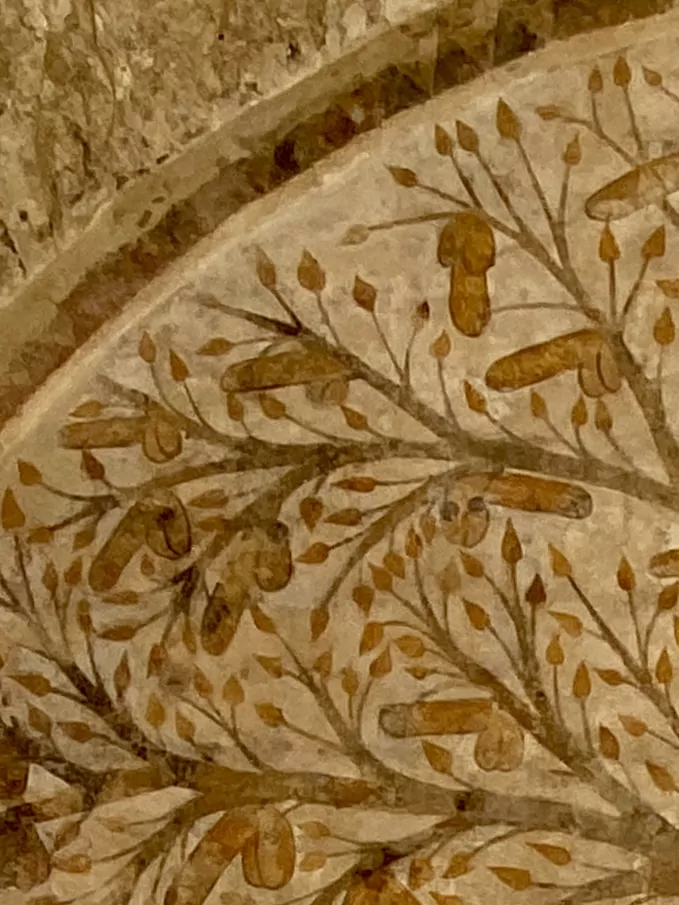
For obvious reasons they have chosen to call the painting The Fertility Tree and here, of course, the story could have ended and been quite funny. But it is much stranger and cooler than that. Until the early 2000s, this was a car park. When some kind of remodelling was about to take place, the paintings were discovered behind the plaster and when they investigated further they found 3 large pools under the ground where the cars had been parked.
Further exploration then revealed underground passages in the rock where fresh water had been collected and stored in the three basins. Everything had been shrouded in darkness behind plaster and parked cars for almost a thousand years until very recently.
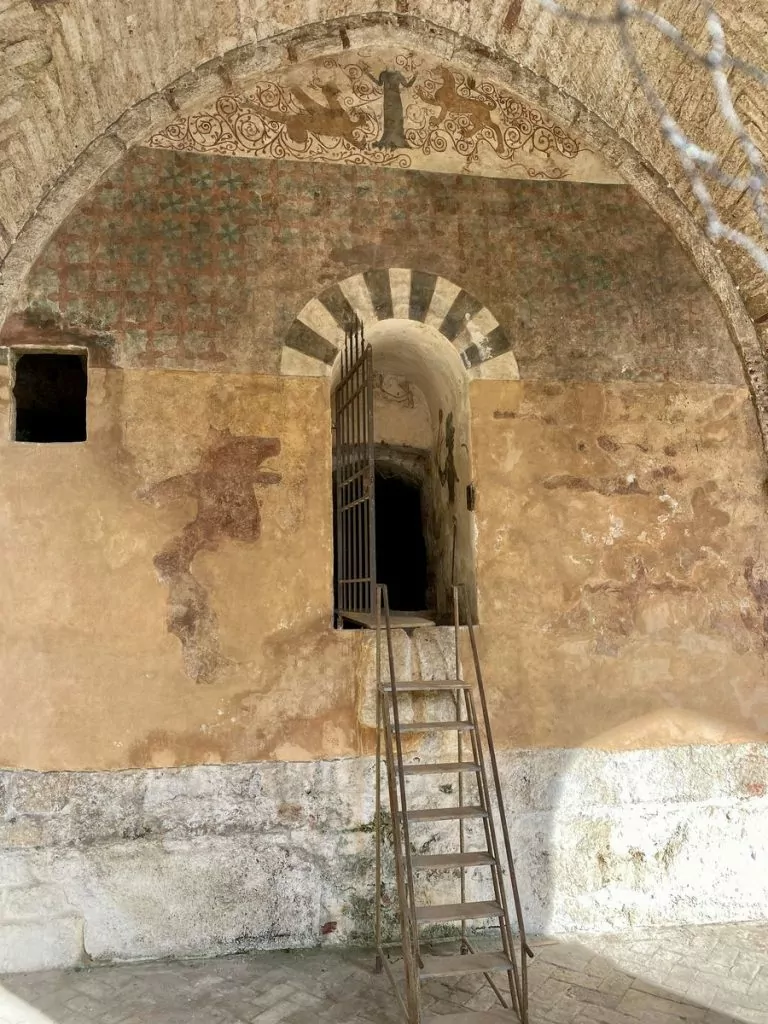
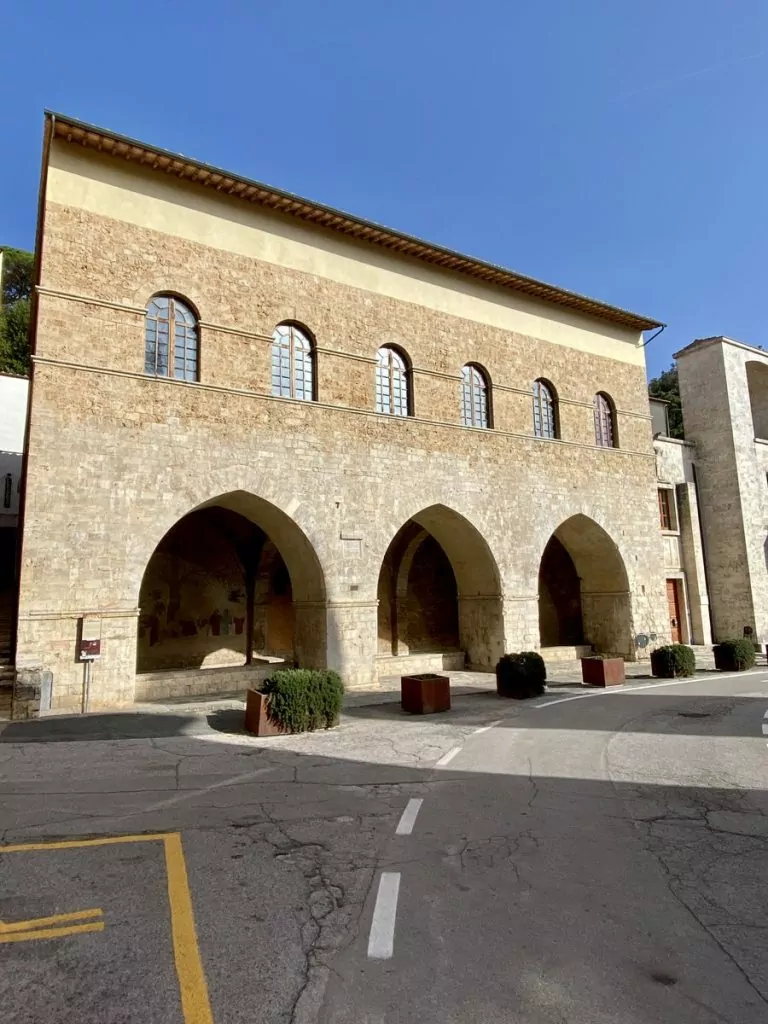
But it doesn't end here. The small town of Massa Marittima has more to offer.
The square in Massa Marittima is big. Almost unreal big for the size of the city. And another thing that is unique is that it is asymmetrical. Here in the square we also find the gigantic Roman cathedral, San Cerbone, which was built in the 11th century. The stairs up to the cathedral are also well worth a study in how they are built to disappear into the wall.
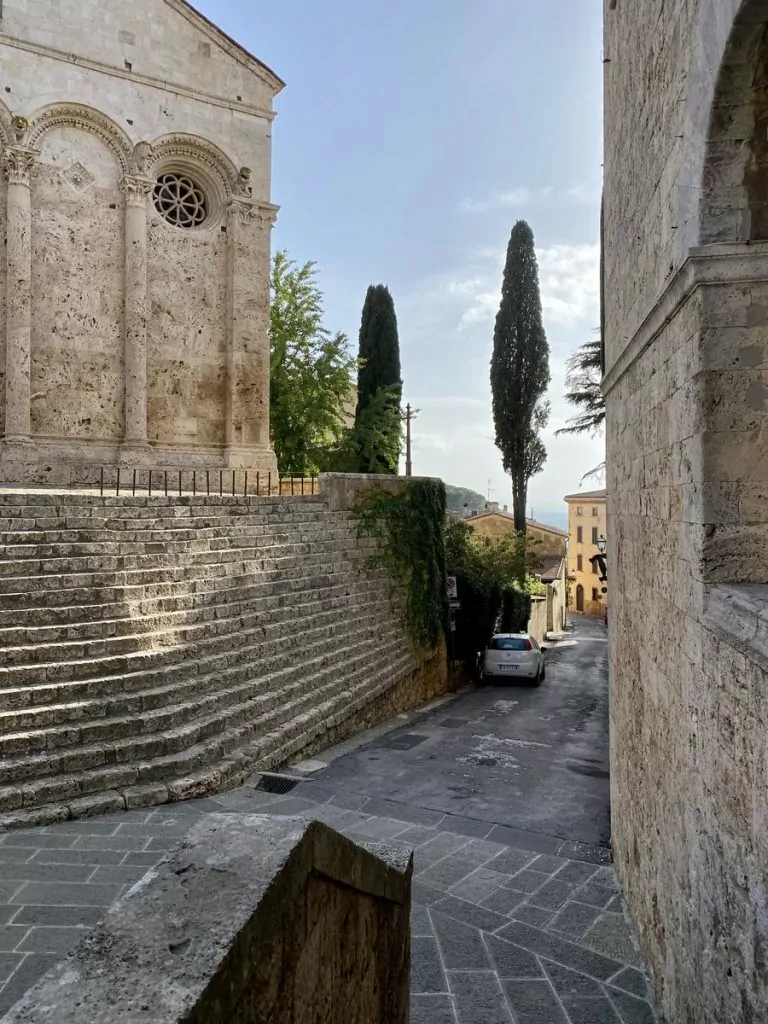
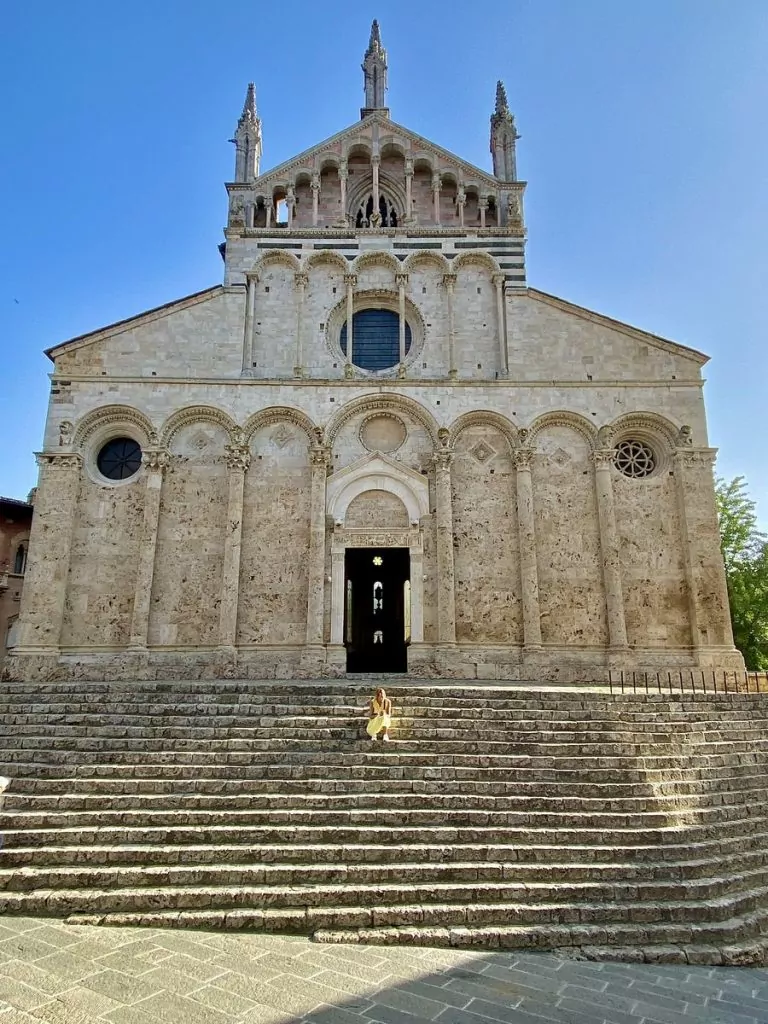
From the top of the stairs you have a magical view of the square in Massa Marittima and the cathedral itself is also a masterpiece. It is said that at one point in history, however, it underwent extensive changes between Gothic and Roman styles. The roof needed to be raised and the cathedral made more majestic. So they simply raised the pillars on which the church rested. You can't have much to complain about Roman building techniques, that's for sure. Don't miss the magical marble piece in the cathedral. Carved from a single block.
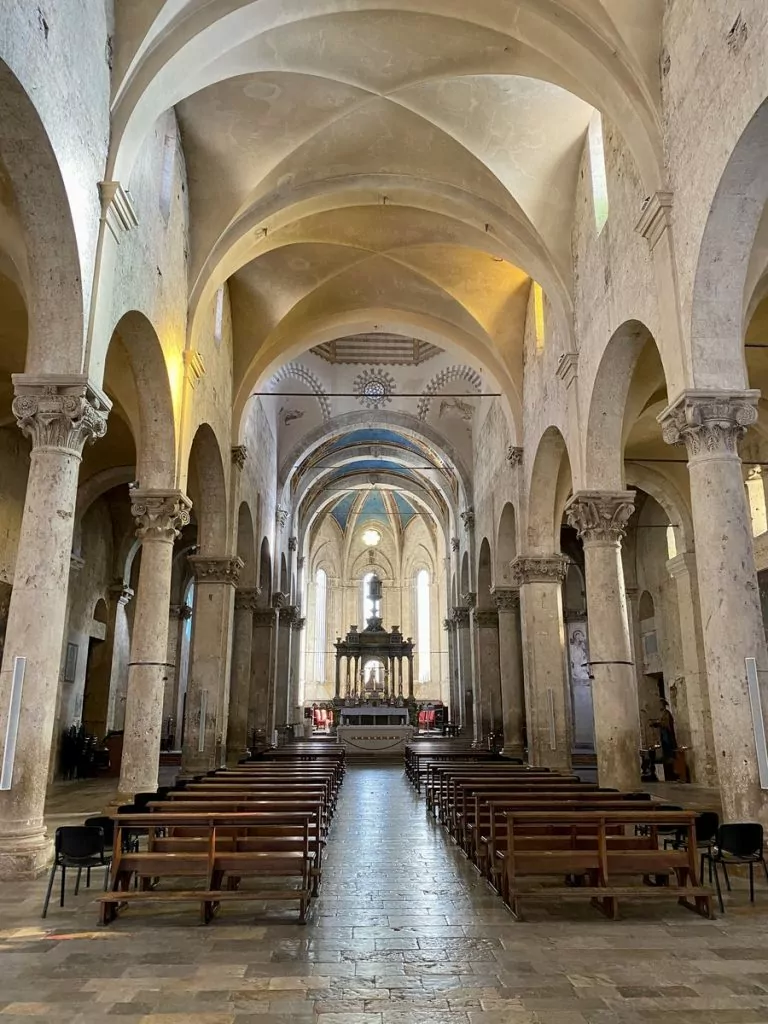
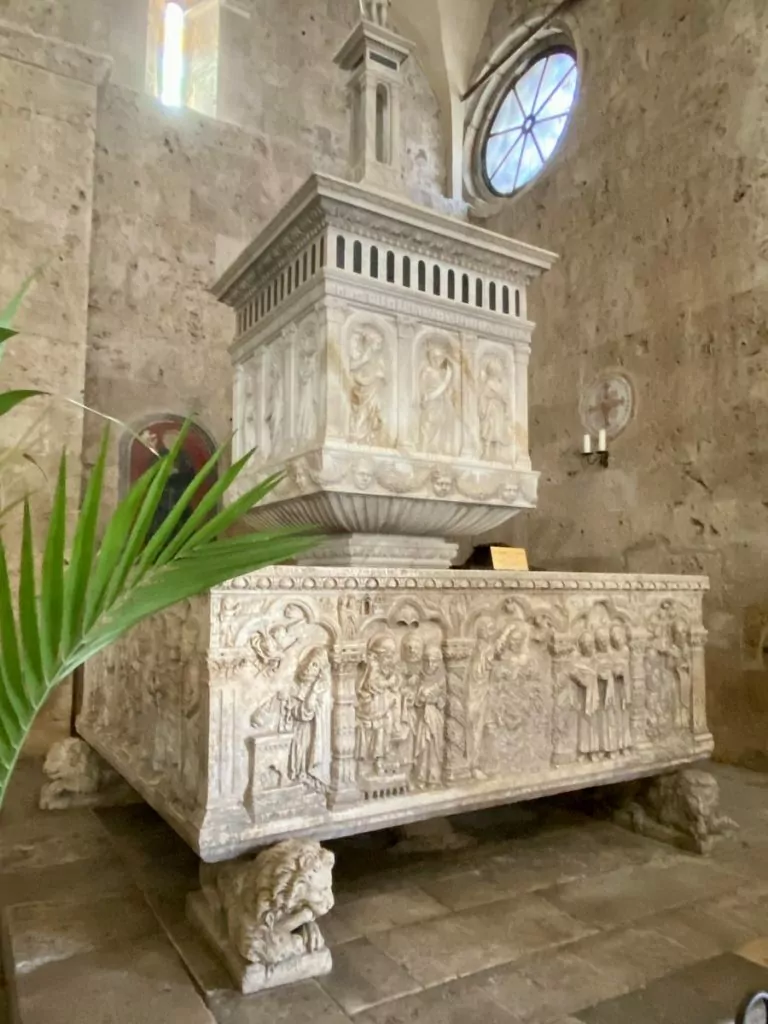
It is unclear what can be considered the highlight of the visit to Massa Marittima, but if I make it easy for myself and count pure altitude metres, it is our visit to Torre del Candeliere - the old main tower of the fortress built in 1228. This would be the trip when I challenged several of my fears. For example, climbing a narrow staircase to see Tuscany as it probably looked when I asked you to close your eyes and think of Tuscany at the very beginning of this article.
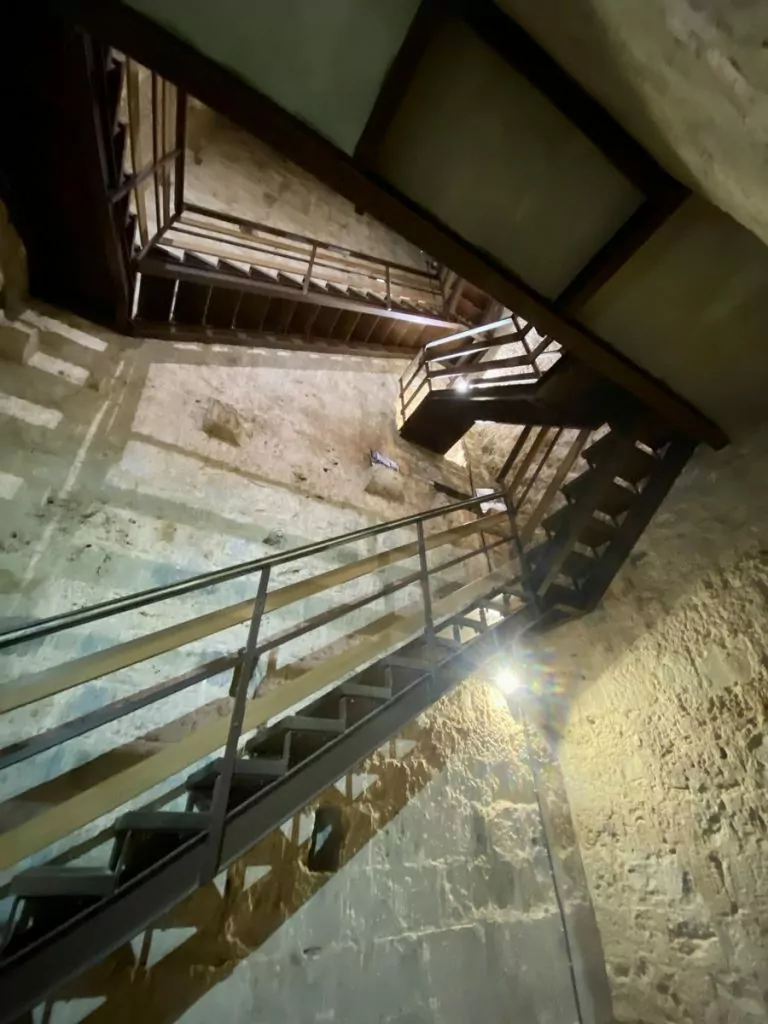
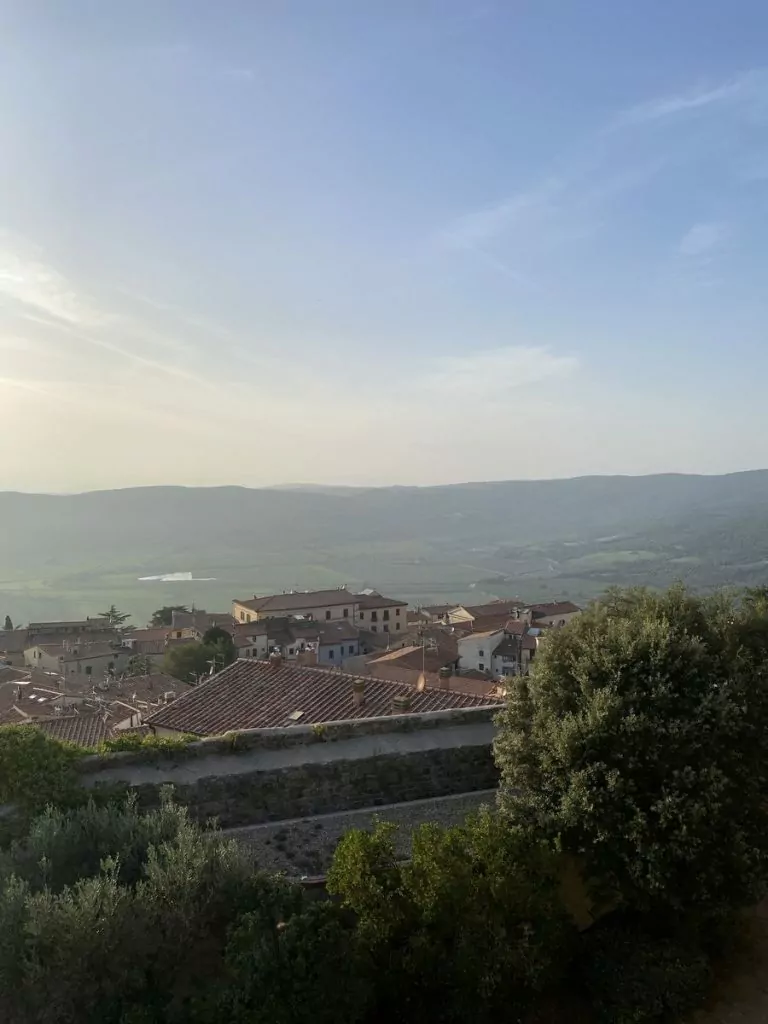
More things to visit in Massa Marittima:
Museo di arte sacra di Massa Marittima - art museum located in the old 12th century monastery.
Musei di Massa Marittima - the city museum right next to the church.
If you take the stairs up to the Musei di Massa Marittima, you'll notice a vertical line carved into the building. This is from the time when Massa Marittima was self-governing and also needed its own units of measurement. The carved line is what was a unit in Massa Marittima. Like a metre. It is history that can be touched.
Vineyard tips in Grosseto
A perfect ending to a day in the province is a visit to one of the Petra Winery.
Province of Livorno in Tuscany
On the second day, you'll travel to the province of Livorno and your first stop will be the unique town of Popolunia.
Populonia - Livorno
Populonia - one of the 12 great Etruscan cities. But what makes it so unique? Well, it is the only one of the Etruscan cities built next to water. Water was considered dangerous and unsafe at that time.
But we start with a slightly more recent monument. Perched high on a hill, the Castello de Populonia is surrounded by a stunning medieval cobbled town, with well-preserved 15th century houses, streets and alleys.
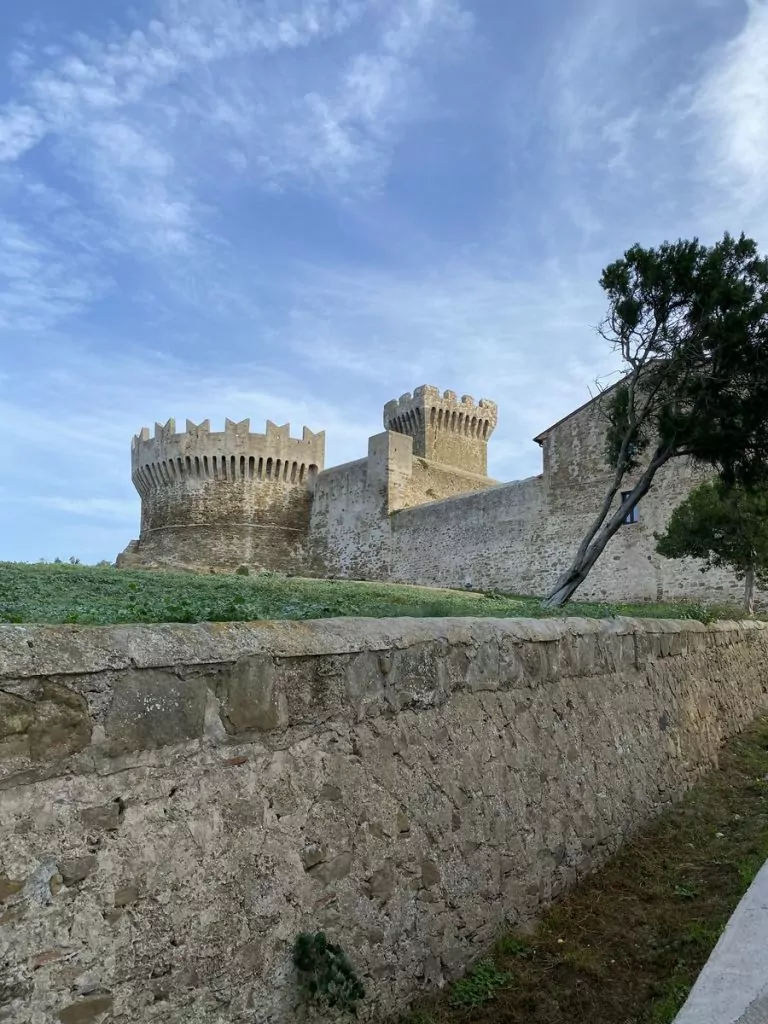
The town is home to churches, small shops, cafes and a museum full of Etruscan and Roman artefacts from both above ground and from the lake bed. If you are interested in archaeological finds and learning more about the intriguing Etruscan people, a visit to the Populonia Museum "Mueso etrusco di populonia" is highly recommended.
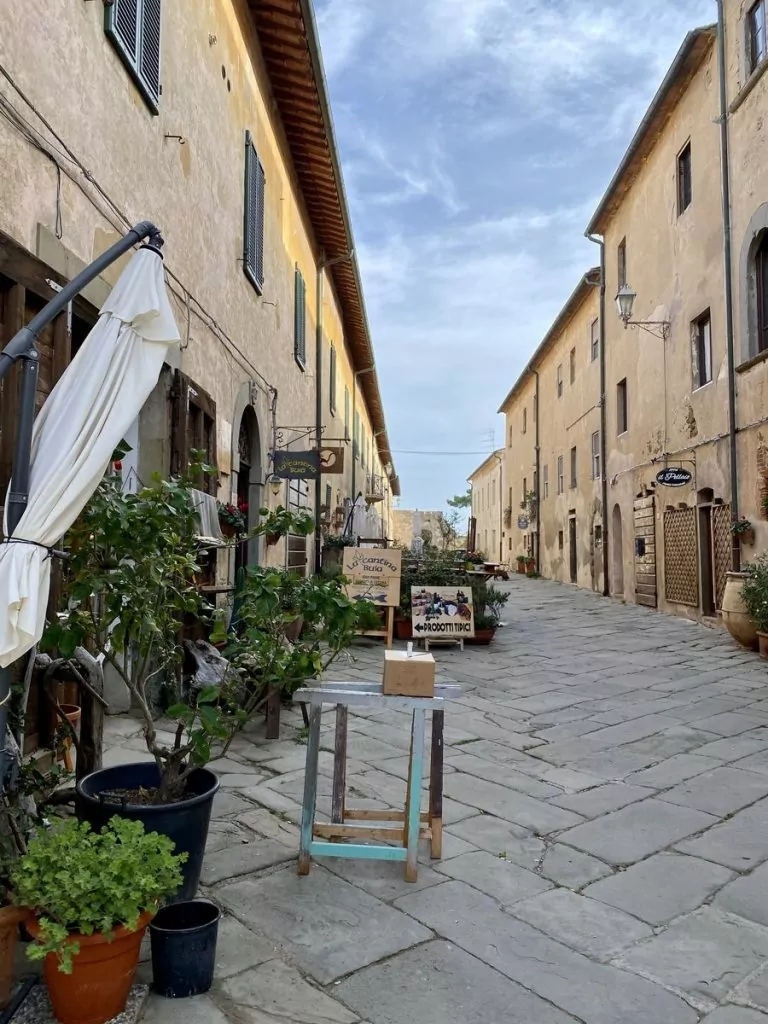
It is breathtaking to stand and look at pottery that is thousands of years old. But perhaps I am most fascinated by a small grater that has been found from that time. Imagine if you could sit in a little time machine and experience how it was used, if only for a little while.
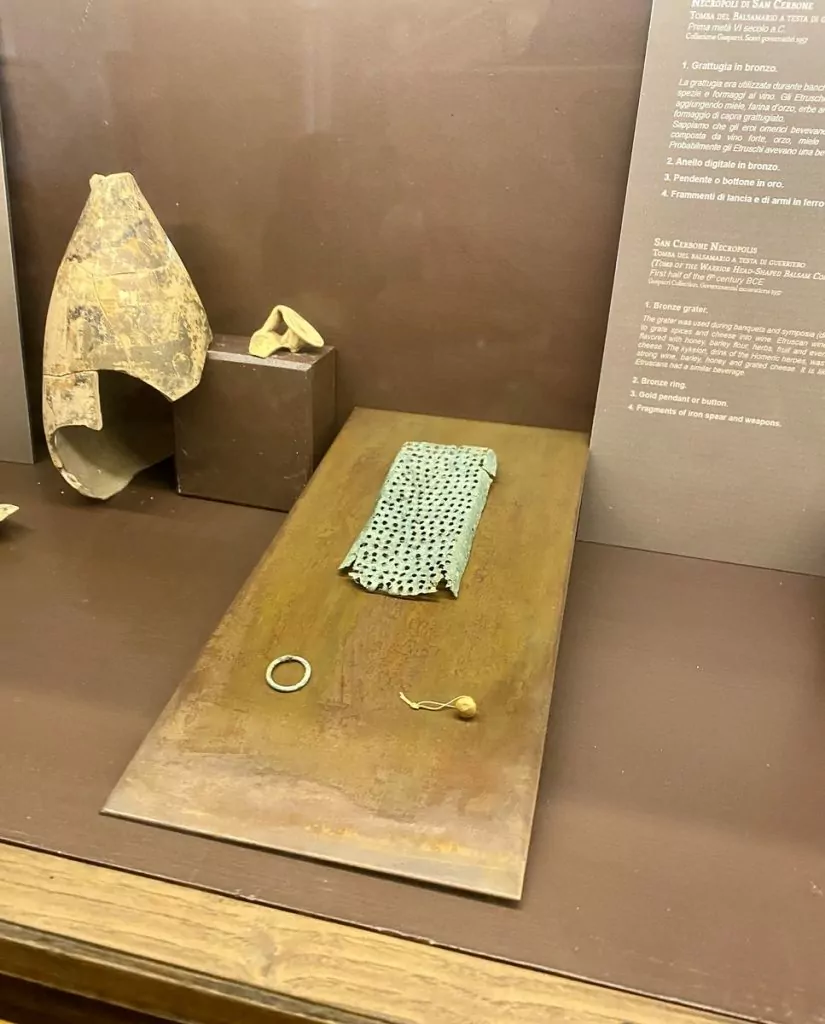
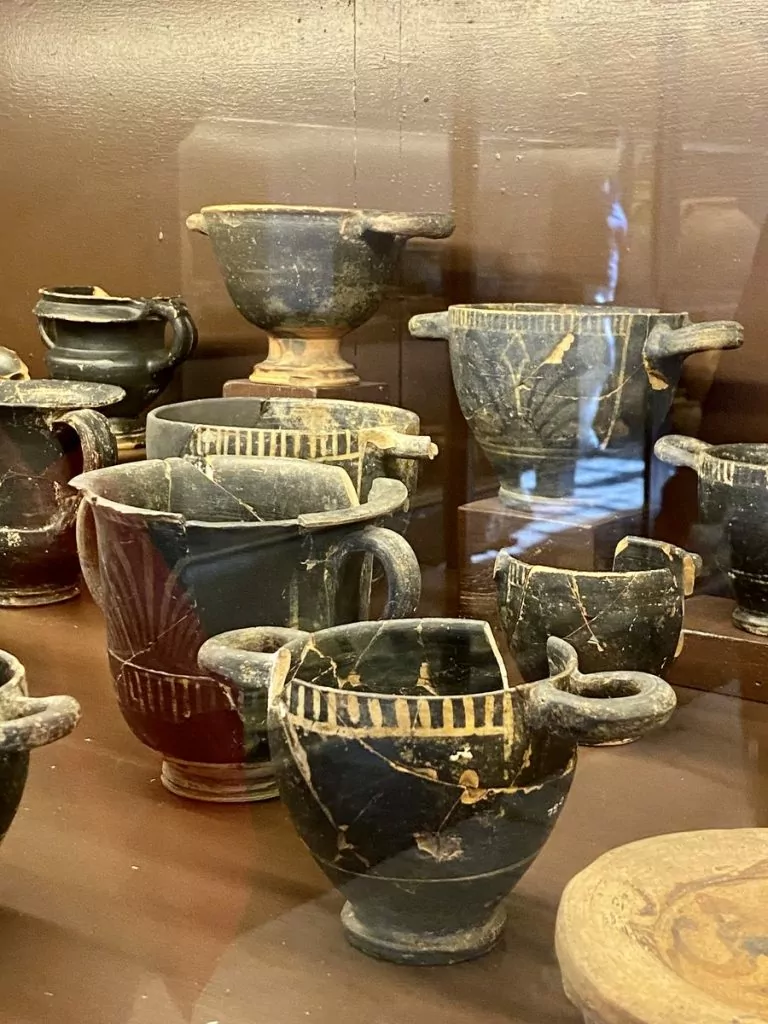
Parco Archeologico di Baratti e Populonia - Tuscany
However, the very oldest parts of the Etruscan settlement can be found some distance away in the archaeological excavations of the Parco Archeologico di Baratti e Populonia. The area covers more than 80 hectares and includes intriguing and well-preserved Etruscan tombs, sarcophagi and small stone houses and temples, built from local sandstone over the centuries.
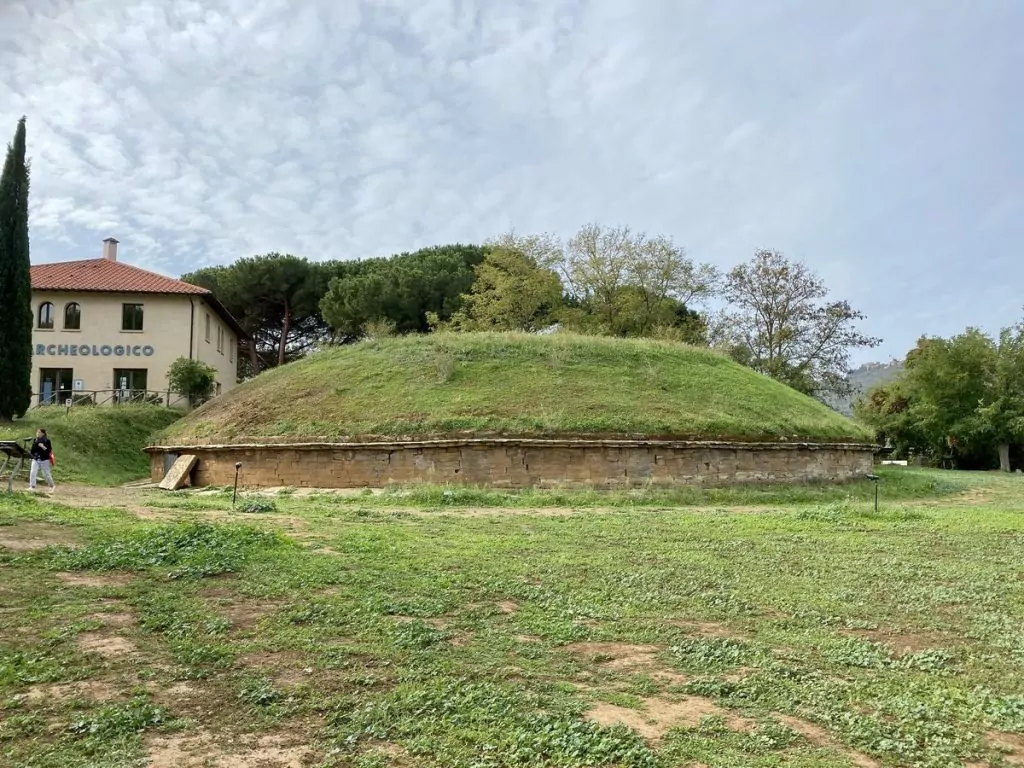
And here I challenge my second fear on this trip when, with just a little hesitation, I bend down and almost crawl into a 3000-year-old Etruscan burial mound. The entrance is very low and contains several smaller chambers, but when you "crawl" through and enter the centre, you can stand up again. Standing inside an ancient tomb was not the physical highlight of the trip but definitely the mental highlight for yours truly.
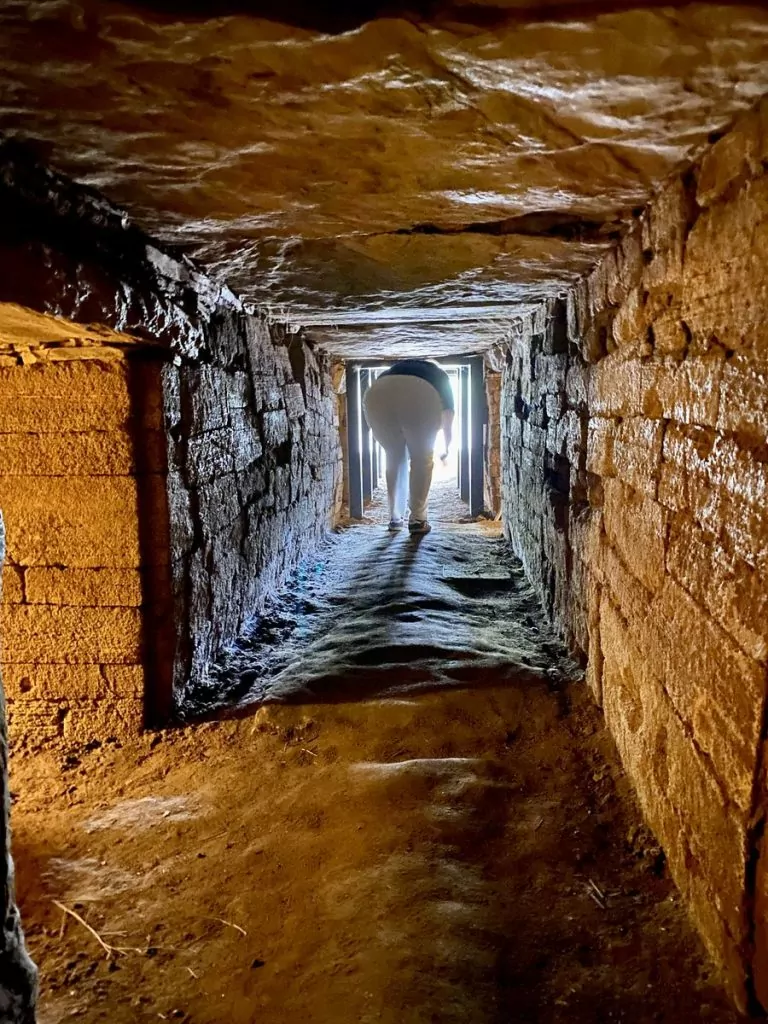
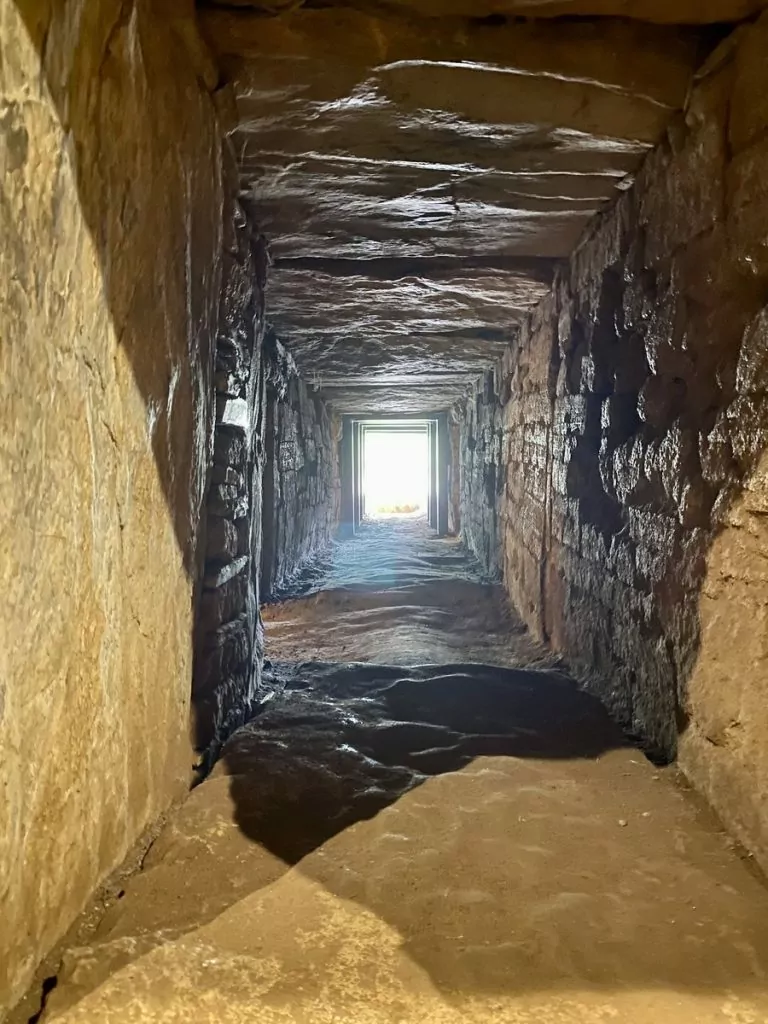
The height of the dome of the tomb itself shows how skilful the Etruscans were at building and counting. The fact that they still stand today is the result of the fact that 3000 years ago they were able to calculate formulas that ensured a building would stand - without any aids and all done by hand.
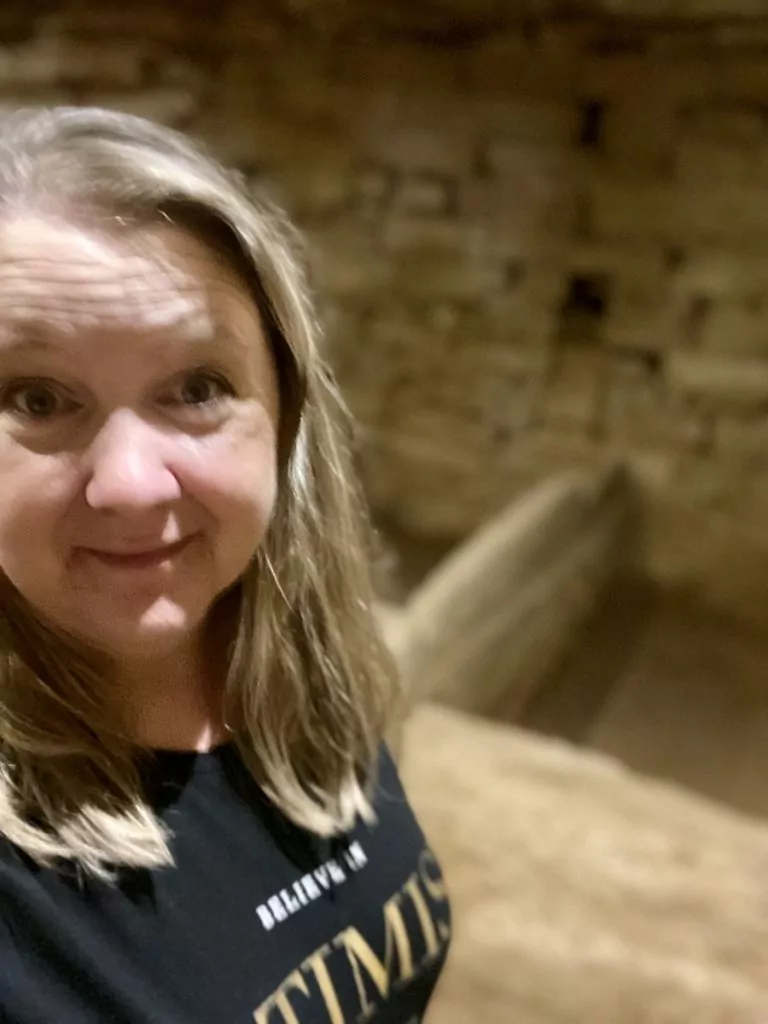
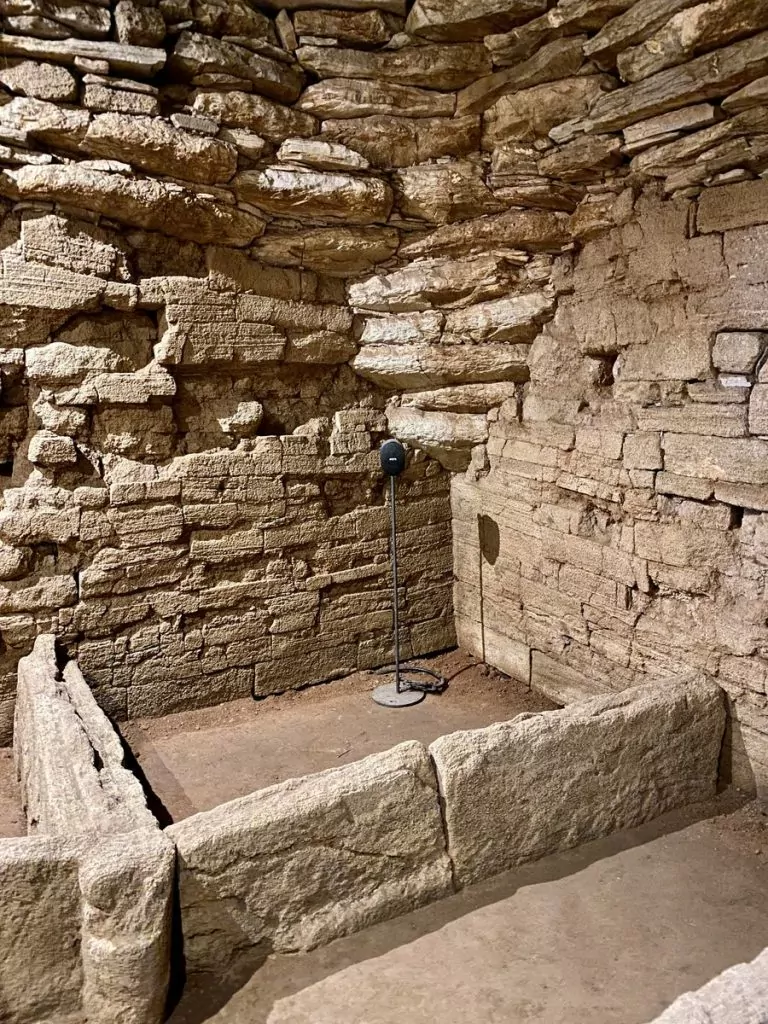
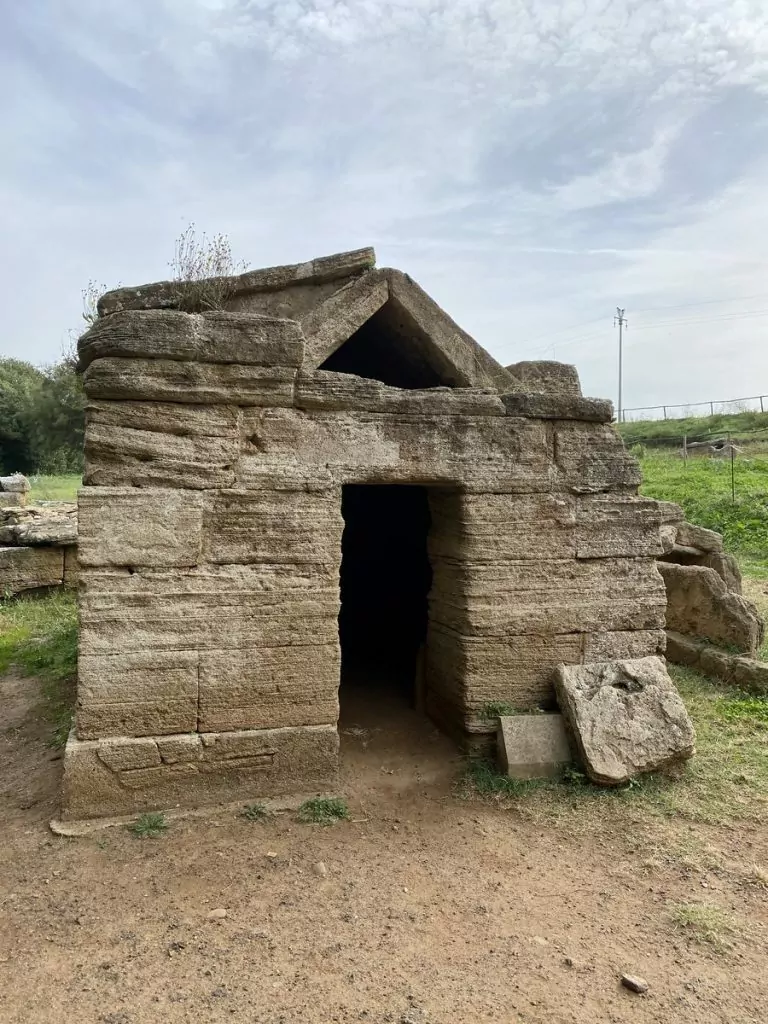
Time to leave Populonia behind and head inland.
Bolgheri - Livorno
Bolgheri is located in the heart of the Maremma in the province of Livorno. A village that can be traced back to the year 1075. And perhaps this is where I first recognise myself in what I think of as Tuscany. The town's cobbled streets are buzzing with local atmosphere and exude that Italian feel. I'm getting ahead of myself now, but when we find a gelateria after dinner and buy the first gelato of the trip, we ask the lady behind the ice cream freezer what flavour she recommends.
Bolgheri ti amo she says - brings her fingertips to her mouth and smacks them in a delighted kiss. A bit like in a film. A little too good to be true and with such love for both the flavour and the small town that we had to try it. If it was good - guess!
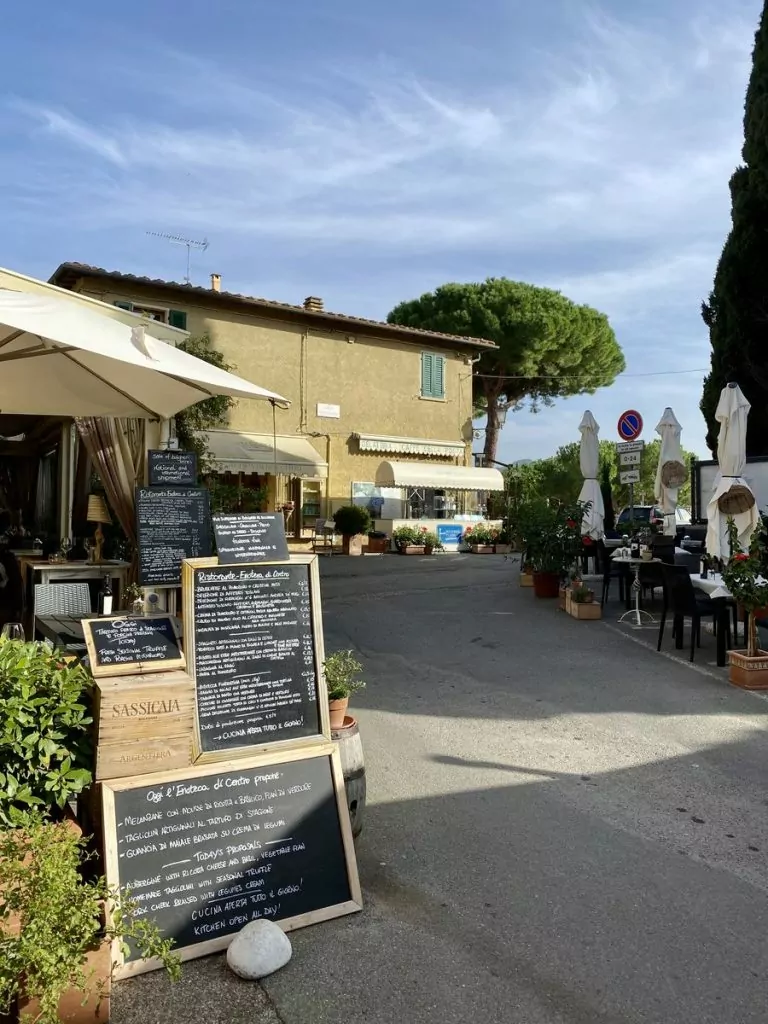
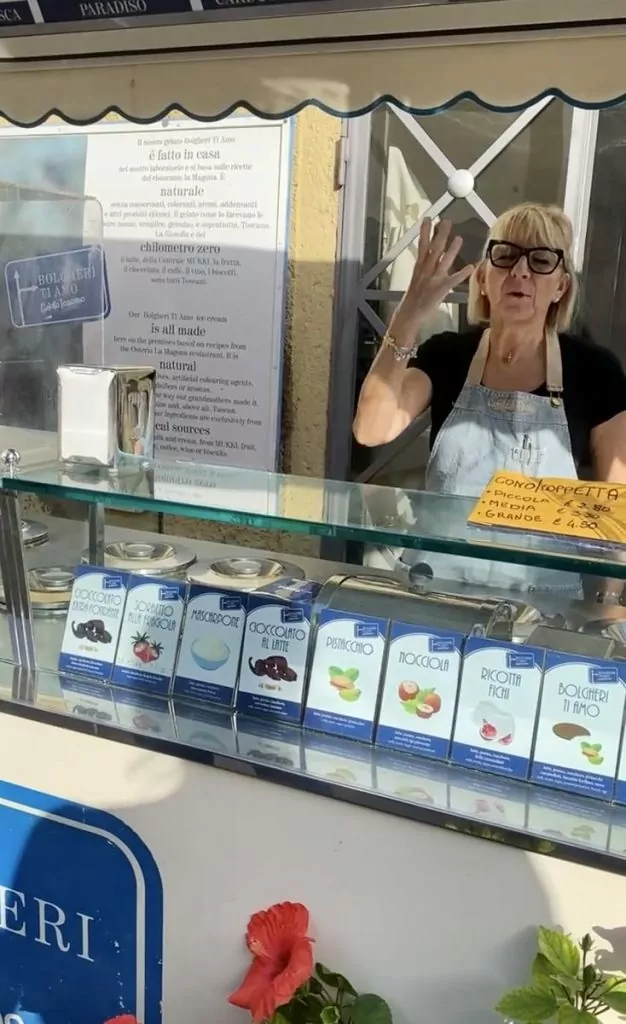
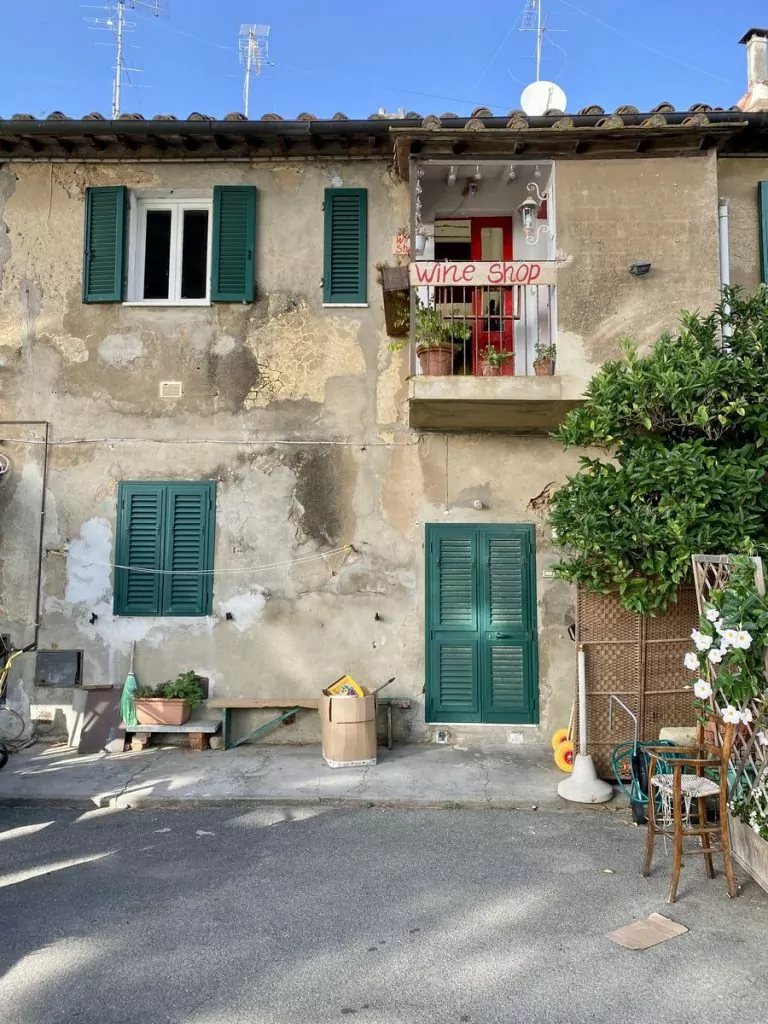
But before that we had a lovely lunch in a cosy restaurant, located in the square of Bolgheri. We end our visit to Bohlgeri with that gelato in hand, strolling down the alleys. An elderly man is painting shutters outside his house and waving happily to the lady in the wine shop opposite.
Everyday life continues in the small village in the mountains of Tuscany as we travel on to new adventures filled with the experience of another part of Tuscany.
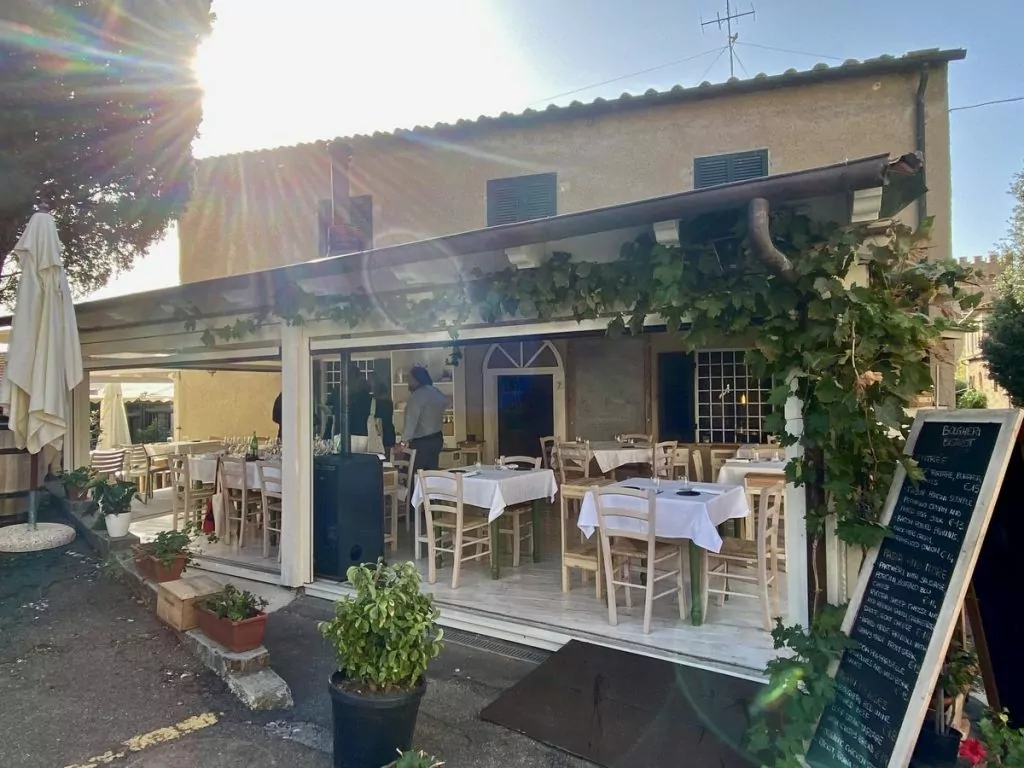
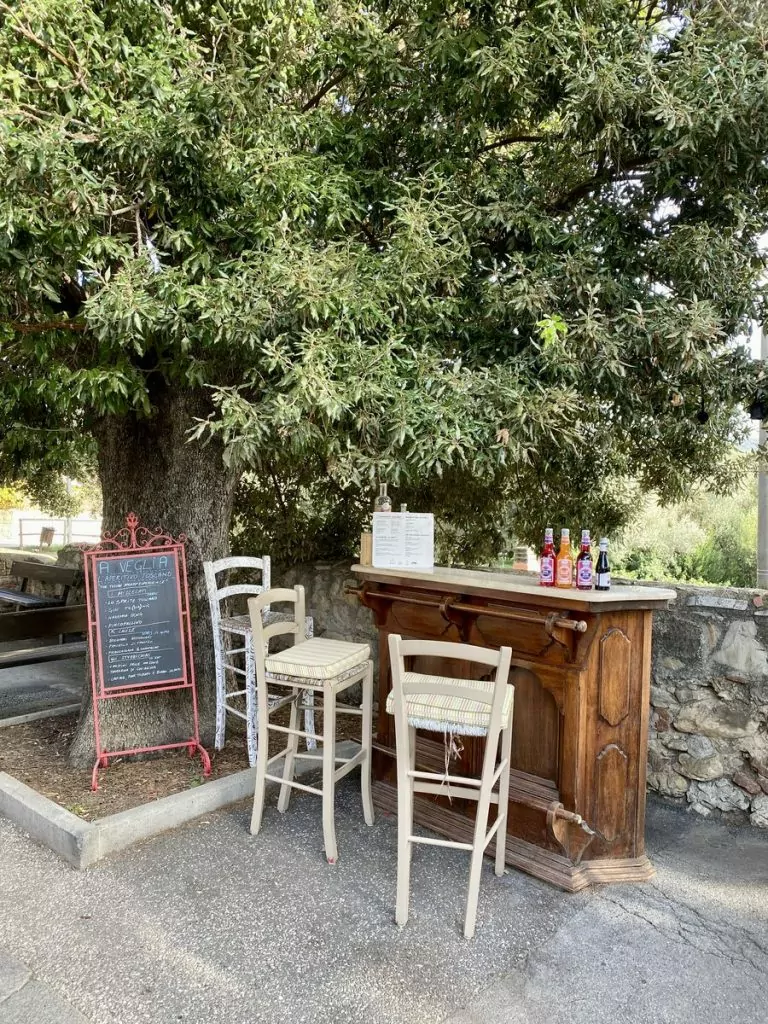
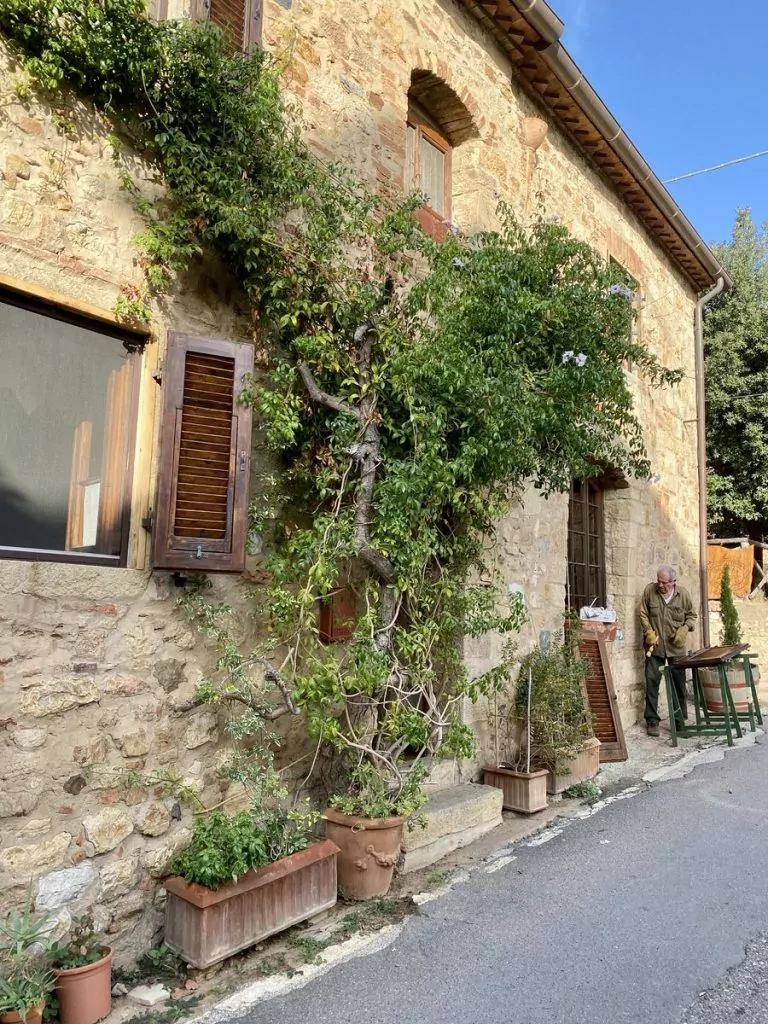
Vineyard tips in Livorno
A perfect end to a day in the province is a visit to the winery. Rocca di FrasinelloThere is also the possibility to stay overnight in their guesthouse if desired.
Read more about travelling along the Etruscan coast on a wine tour here.


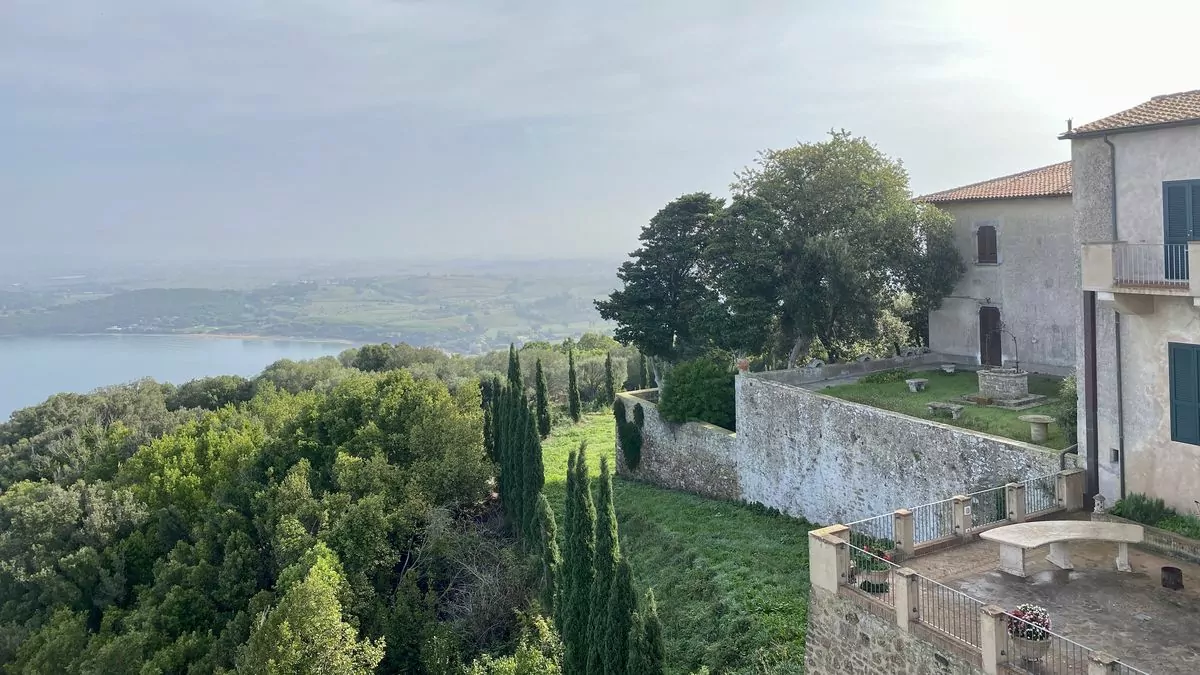






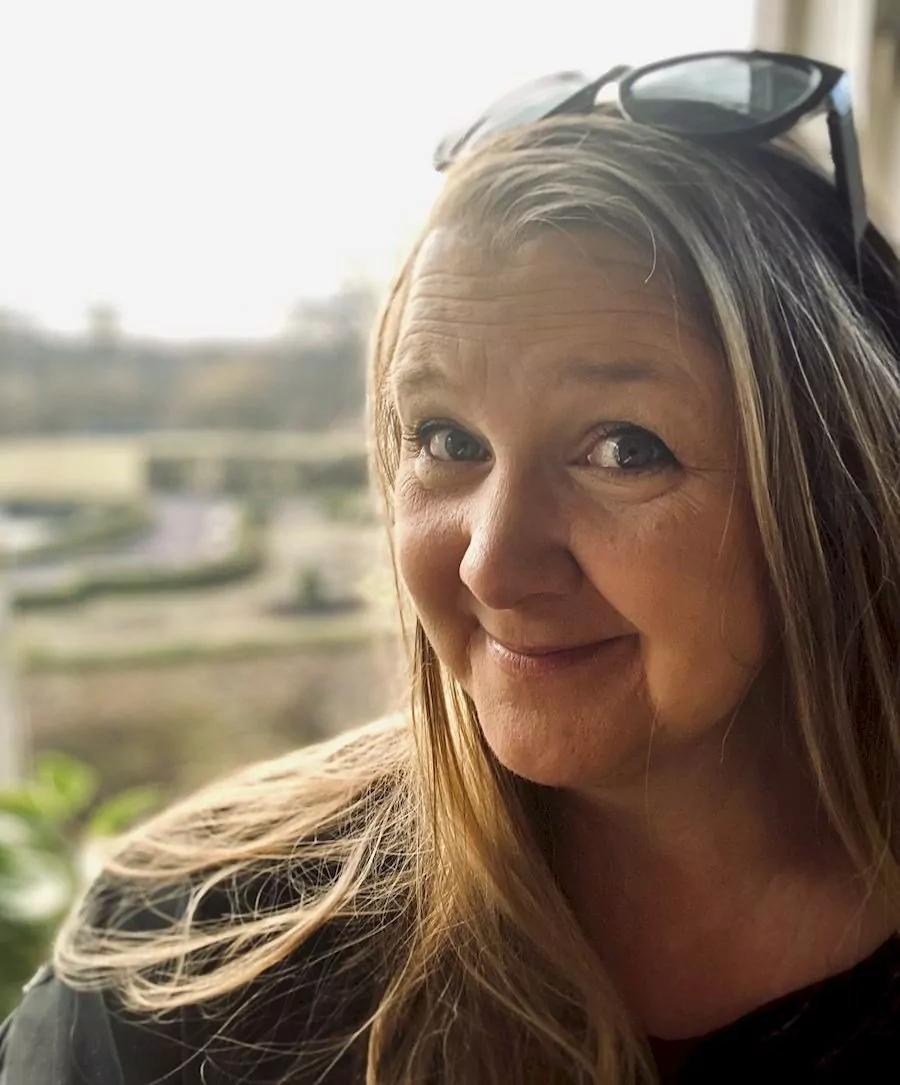
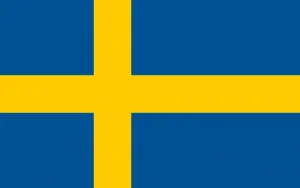

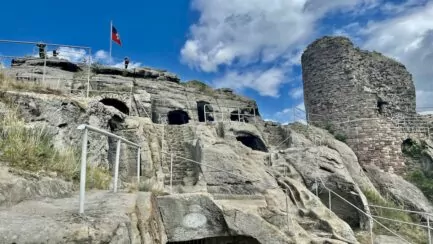
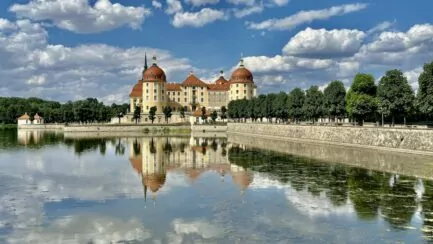
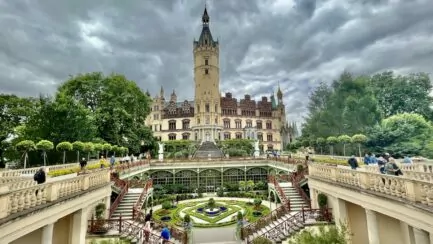
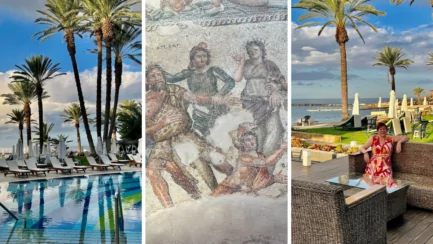
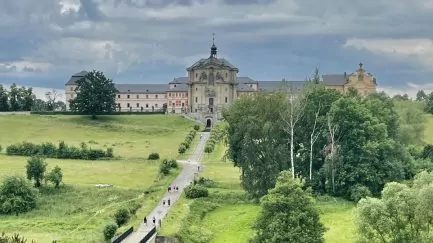



Amanda (Swedish Passport) says:
Oh, I really must travel to Tuscany I feel! Looks absolutely magical 🙂
10 December 2022 - 8:40
bmlarstravellingblog says:
What a lovely post and so appropriate and fun for us. We have just started thinking about whether this spring's motorhome trip should go to Tuscany, where we have never been before. There are so many cosy places there and also a wonderful nature.
10 December 2022 - 14:13
Lena - good for the soul says:
Lovely post! Tuscany is on my wish list for a long time!
Since I usually listen to Jordenruntpodden, I "hear" Cornelia's voice as if reading the post to me 🙂 .
Thanks for the nice reading and inspiration!
Hug Lena
04 January 2023 - 13:22